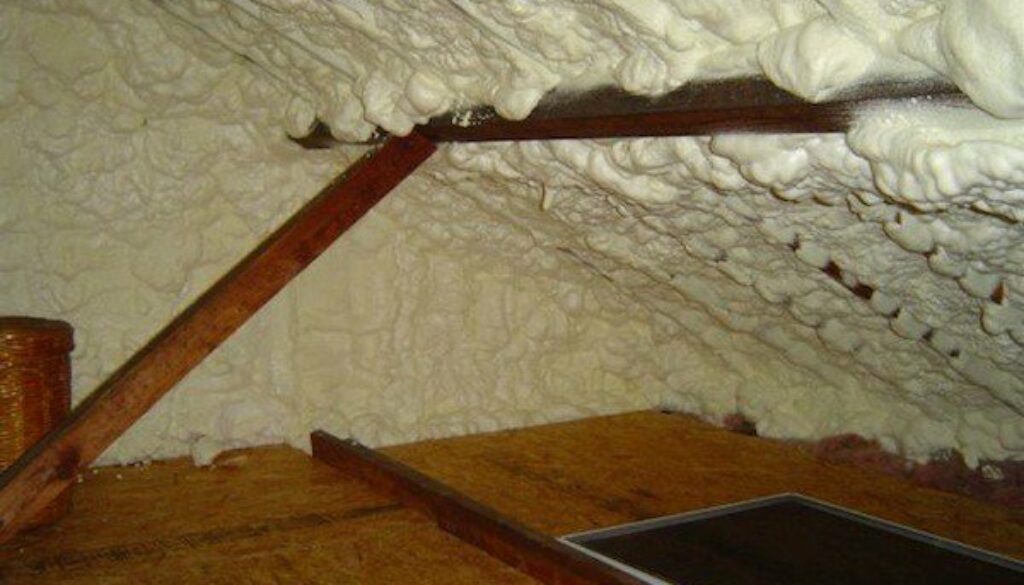
Innovative Roof Insulation Techniques for Limited Access Areas
April 11, 2024Insulating a roof without easy access can be a challenging task, but with the right techniques and materials, it is possible to achieve effective insulation. In this article, we will explore innovative methods that can be employed to insulate a roof without convenient access points.
- Spray Foam Insulation:
One of the most effective ways to insulate a roof without access is by using spray foam insulation. This technique involves spraying a polyurethane foam mixture onto the underside of the roof, creating a seamless and highly insulating layer. Spray foam insulation adheres to any surface, including irregular shapes and hard-to-reach areas, making it ideal for roofs with limited access. It provides excellent thermal insulation, prevents air leakage, and enhances the overall energy efficiency of the building. - Rigid Insulation Panels:
Another option for insulating a roof without easy access is the use of rigid insulation panels. These panels are made from materials such as expanded polystyrene (EPS) or extruded polystyrene (XPS) and can be cut to fit the dimensions of the roof. Rigid insulation panels are lightweight, easy to handle, and can be installed from the interior of the building. They provide a high level of insulation and can be combined with other insulation methods for enhanced performance. - Reflective Insulation:
In situations where traditional insulation methods are not feasible, reflective insulation can be a viable alternative. Reflective insulation consists of a layer of reflective material, such as aluminum foil, which reflects radiant heat away from the roof. This technique is particularly effective in hot climates, as it helps to reduce heat gain and lower cooling costs. Reflective insulation can be installed by attaching it to the underside of the roof or by creating an air gap between the insulation and the roof surface. - Aerogel Insulation:
For those seeking the highest level of insulation performance, aerogel insulation is an innovative solution. Aerogel is a lightweight and highly insulating material that can be applied as a thin layer to the underside of the roof. Despite its thinness, aerogel insulation provides exceptional thermal insulation, effectively blocking heat transfer. It is also moisture-resistant and fire-resistant, making it a durable and safe choice for roof insulation.
Conclusion:
Insulating a roof without convenient access points may present challenges, but with the right techniques and materials, it is possible to achieve effective insulation. Spray foam insulation, rigid insulation panels, reflective insulation, and aerogel insulation are all innovative solutions that can be employed in such situations. By considering these options, homeowners and builders can ensure that their roofs are well-insulated, energy-efficient, and comfortable.